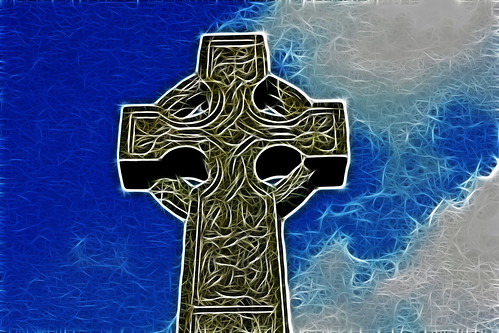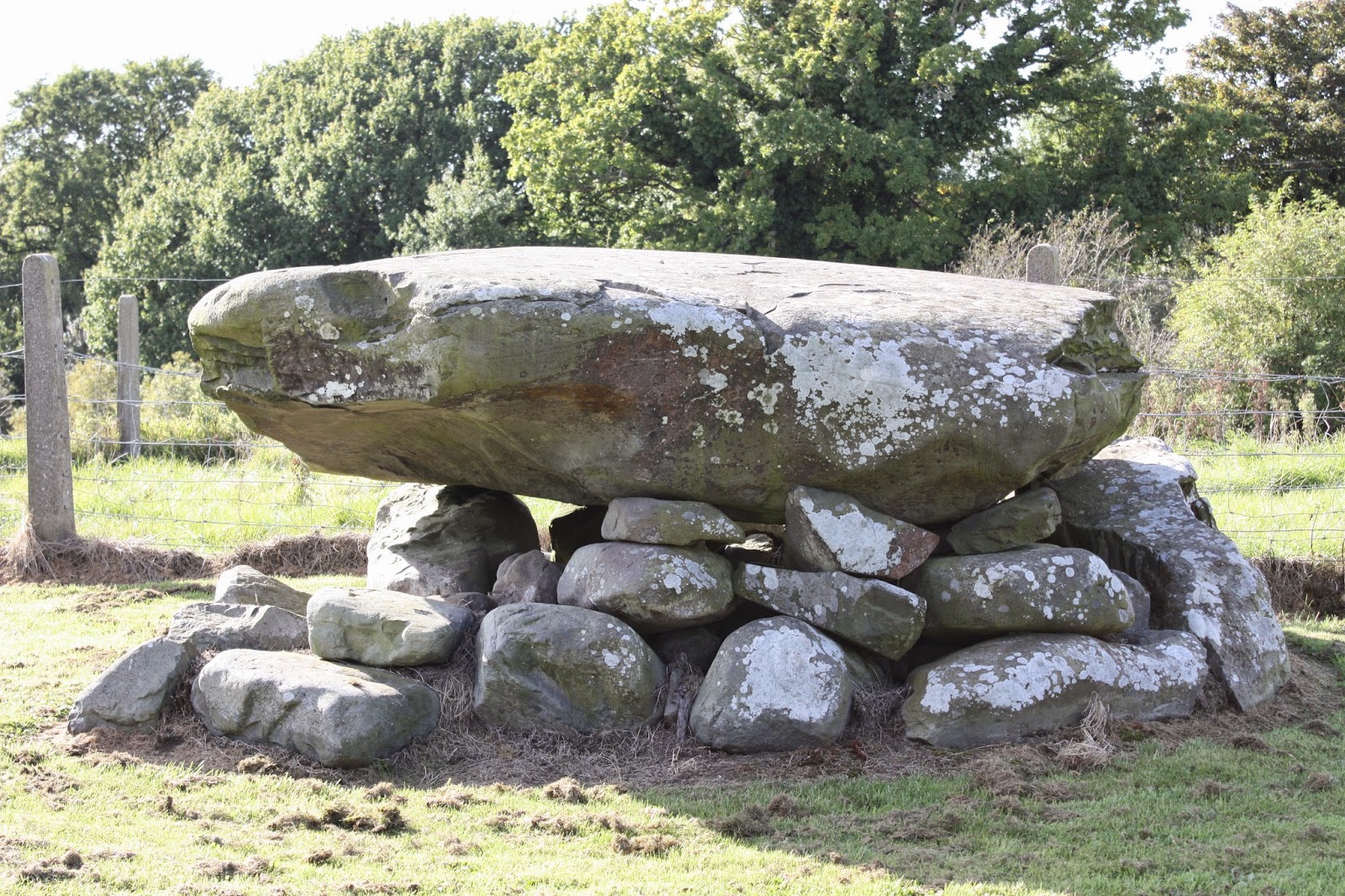Coming Soon
Introduction
The etymology of 'Dol-men' originates from the two Breton words meaning 'Stone - table'.
The etymology of 'Dol-men' originates from the two Breton words meaning 'Stone - table'.
Dolmen are one of the most common megalithic structures around the world, and even though numerous were destroyed during the 'Christianisation' of Europe etc, many 1000's still survive . Some of the greatest densities of Dolmen est 30,000 dolmen are in Korea , amounting to 40-50% of the worlds total.
What is a Dolmen ?
What is a Dolmen ?
A Dolmen, also known as a Portal Tomb, portal grave or quoit, is a type of single-chamber megalithic tomb, usually made up from 2 or more upright stones supporting a large flat horizontal Capstone (table), although there are also more complex variants. Most date from the early Neolithic Period (4000 to 3000 BC). Dolmens were typically covered with earth or smaller stones to form a Barrow. In many instances, that covering has weathered away, leaving only the stone "skeleton" of the burial mound intact.Dolmens are known by many different names: Cromleachs, Giants Graves, Leabas, Diarmuid and Grainne's Beds, and stone tables.
The Structure of a Dolmen
Dolmens generally have an entrance feature, known as the 'portal', often closed by a blocking stone. The most chararteristic feature is a massive roof stone or slab, usually weighing many tons and inclined at an angle with the highest part over the entrance.
The Structure of a Dolmen
Dolmens generally have an entrance feature, known as the 'portal', often closed by a blocking stone. The most chararteristic feature is a massive roof stone or slab, usually weighing many tons and inclined at an angle with the highest part over the entrance.
Legananny Dolmen is a Megalithic Dolmen or Cromlech nine miles southeast of Banbridge and three miles north of Castlewellan, both in It is on the slopes of Slieve Croob near the village of Leitrim
Image courtesy The Dreaded Lurgi
Annadorn Dolmen
The dolmen has a large, low, slightly displaced capstone about 65 cm thick covering a rectangular chamber and supported by three stones about 60 cm high. An account of 1802 suggests that it was formerly set beneath a large rectangular cairn 60 ft in diameter and approached by a lintelled passage, so it could be the remains of a passage grave. Another possible explanation could be that the supporting stones were originally upright supporting the capstone, representing a more typical tripod dolmen. The capstone has many small solution pits on the upper surface, two of which appear to have been enlarged.The 1802 account also says the chamber under the capstone contained ashes and a number of bones
Own work. Licensed under CC BY-SA 3.0 via Wikimedia Commons.
Craigs Dolmen 2000 BC nr Rasharkin Co Antrim
Craigs Dolmen – big capstone on seven upright stones – is close to a minor road 3 miles north of Rasharkin. The Broadstone is a cairn situated northeast of the dolmen and is less accessible.
Craigs Dolmen – big capstone on seven upright stones – is close to a minor road 3 miles north of Rasharkin. The Broadstone is a cairn situated northeast of the dolmen and is less accessible.
It features a big capstone on seven upright stones and is wrongly assumed to be a dolmen, actually being a Passage tomb. The capstone was shattered in 1976 by lightning. It was repaired in 1985 and excavation at the time showed that the chamber was the remains of a passage tomb. It was probably built before 2000 BC, but re-used for burial in the Bronze Age
The large capstone over the entrance and the first chamber of this 3-chambered tomb was re-erected using an upright stone at the rear which probably was not an original feature. The almost semicircular forecourt faces south-east. The Broad Stone was only a popular place for meetings and assemblies
The large capstone over the entrance and the first chamber of this 3-chambered tomb was re-erected using an upright stone at the rear which probably was not an original feature. The almost semicircular forecourt faces south-east. The Broad Stone was only a popular place for meetings and assemblies
Image Courtesy of Don McCluney
Creggandevesky Court Tomb - County Tyrone 3500 BC
Court Tombs are almost always aligned north to south. An impressive court tomb was a peat- covered, largely featureless mound and was threatened with removal in an agricultural reclamation scheme. When excavated between 1979 and 1982, it proved to be in an almost perfect state of preservation. A semi-circular forecourt leads to three burial chambers. Cremated bone representing the remains of at least 21 people, flint implements and Neolithic pottery were found during the excavation, some of the material in the court area. Radiocarbon determinations suggest a date of about 3500BC, but there were also signs of later, Bronze Age, activity in the court and at the back of the cairn. Directions: Situated near Lough Millar about 2 miles south of An Creagan on The Omagh – Cookstown Road.
Kenneth Allen







No comments:
Post a Comment